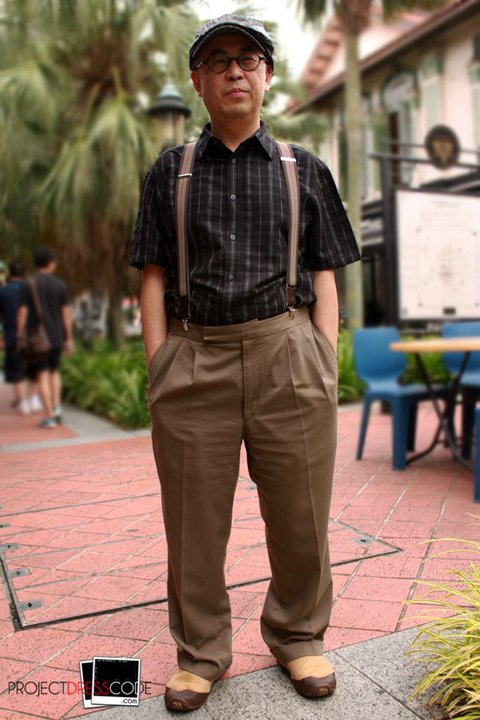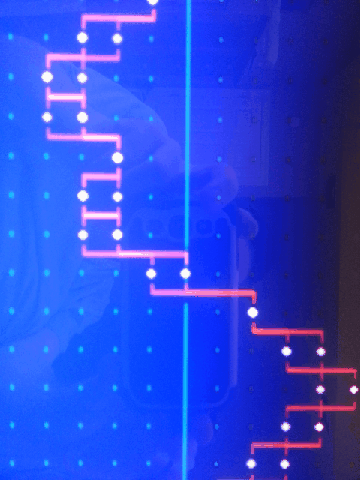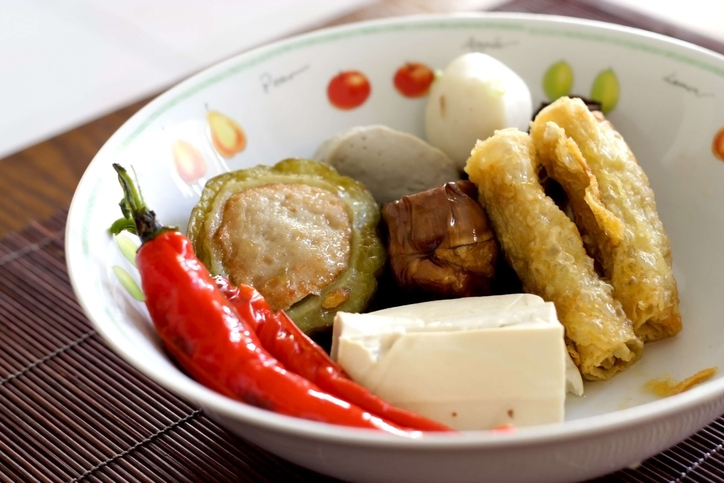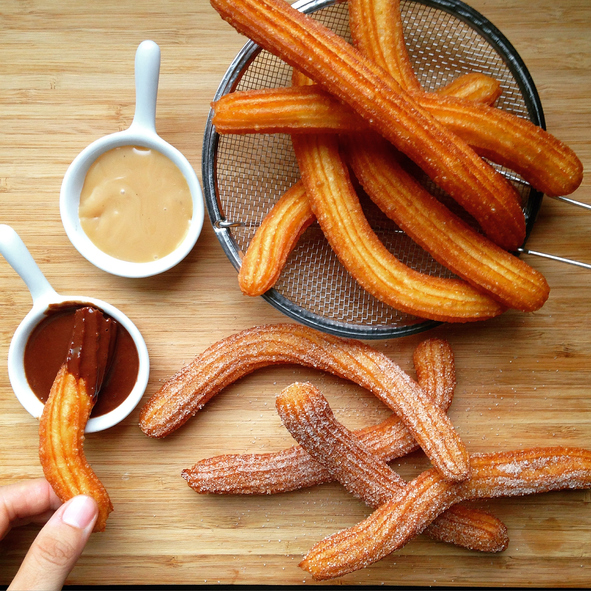Flip through any financial papers today and chances are, economists and financial experts are all hunkering down for a low-yield environment.
Scratch that. A low-yield environment is nothing new. In fact, it has been brought up regularly since the last financial crisis in 2008.
Now, if you are a fund manager or retail investor who talks in terms such as low asset yields, fair value and rebalancing portfolio, then this speech by Lim Chow Kiat, GIC’s Group Chief Investment Officer in 2013 would be relevant for you as he touched on the low-yield environment and how investors can stay the course even in such a seemingly bad climate.
Yup, GIC called it years ago but why is the low-yield environment the talk of the town now?
And what does it mean for the common man?
We speak to CIMB Private Bank economist, Song Seng Wun, of food and suspenders fame, over kopi siu dai for a crash course.
1. Okay. First things first. What do you mean by a low-yield environment?
Every 10 years, the world will experience a recession. Typically, during the first half, things get cleaned out and for the second half, people start to hire and you start to see pay raises and people invest again. That is the seed for an economic recovery.
However, since 2008, we haven’t seen this cycle repeat itself. There was the financial crisis and every year after that, we kena something or other (Greek debt crisis, terror attacks, China’s economic slowdown, Brexit etc). These continue to undermine confidence levels and affect consumption.
2. Wait a minute, so there’s something good about a recession?
It levels everything off: Things become cheaper, people start buying and the cycle of growth comes back. And when you spend too much, the central banks will come in and say “hang on, hang on, better save”; and they will raise interest rates. That’s the peak of the cycle.
The difference this time is that confidence continues to be affected and people are not spending. So year after year, while we have access to cheap funding, people are reluctant to borrow and to spend. We need spending to trigger growth and that’s not happening. We are stuck in a rut.
3. What challenge does this pose to an investor?
How to make money when the growth cycle is completely out of whack?
For the past 50 years, there has always been this fairly predictable 10-year cycle of ups and downs. As a fund manager or investor, you would make certain investment assumptions based on this trend and you then expect a certain level of returns after a period of investment.
But if this trend stops and we see a protracted environment of low interest rates but little spending, you can no longer assume the same returns.
So if you are a fund manager, how do you tell the uncle or auntie who have parked their monies with you that you can’t pay them the kind of returns they have been expecting. You have to find a way to make up any shortfall.
4. Sounds very cheem. You are a foodie. Can you explain it in food terms for the benefit of aunties and uncles … well … Singaporeans in general?
Imagine you run a Yong Tau Foo stall and let’s say you can sell a piece of Yong Tau Foo at 30 cents today and make a profit. In a normal environment, with rising inflation, the price of your Yong Tau Foo should go up to maybe 50 cents, 80 cents, in 10 years’ time.
But what if I tell you that your Yong Tau Foo can sell at only 25 cents in 10 years’ time? That it’s going to be cheaper in future because the whole world is upside down. Which means what you take back might be less than what you put in today.
So what motivation do you have to go out and set up a business when things you are going to sell is cheaper? Why would your children want to take over your business? Creation of wealth has to come from profit that drives reinvestment that creates cash flow. Would you want to start a business when there’s no profit visibility?
5. Does that mean don’t start a Yong Tau Foo stall?
Every Yong Tau Foo stallholder will ask you buy a minimum number of pieces. Say you monitor a particular stall and customers there consistently add more pieces of Yong Tau Foo to their bowls than the minimum. And they sell a certain number of bowls every day. It is clear that business is very good.
If you have a conservative investment mindset, then you might want to put your money on the stall. There is product visibility and consistent business despite the competitive food & beverage market. You are certain of a steady return even if it’s not a big sum.
For some people though, they might be more tum jia (“greedy”).
Say you are sian with selling Yong Tau Foo even though it’s steady pom pi pi business. Someone then asks you to invest in something new, such as churros, because it might generate more money. But if you haven’t sold churros before, you won’t know if business will be good or if you will make any money.
So when it comes to speculative or exotic investments, if you are looking for higher returns, you have to take on higher risk.
Anyway the 101 of finance is low risk means low returns, and if you want higher returns, it means higher risk. Don’t believe anyone who tries to sell you low risk, high returns.
6. So to survive in this new climate, we have to sell Yong Tau Foo and perhaps churros?
If your Yong Tau Foo used to give you 5% return, but now it gives you 2.5%, you may start to consider selling churros as well to make back that other 2.5%. A low yield environment does not mean no yield. There are still opportunities with sound investment principles and a clear strategy to diversify your (portfolio) risk.
For the big fund players or institutional investors who manage huge sums of money for clients, they are less likely to speculate on high risk products. They would likely invest in that Yong Tau Foo stall which gives safe and consistent returns (i.e. defensive approach).
They would also have a longer term view to investment, so they can make smaller bets on higher risks items (offensive play) by spreading this out over a long period time. For them, it’s not about making a quick buck today or tomorrow because they can afford to lose today or tomorrow. They can always make it back next week, next month, next year.
Back in the early days, you’d probably get pre-dominantly Chinese, Malay, and Indian food there. Today, you can find Italian, Mexican, Korean and all kinds of food there.
But if you are happy just eating local food, you may not want to try some of these other “exotic” cuisine; you’re happy with what’s on your plate and the satisfaction it gives your stomach. But there are some people who are sian of local food and like to dine on other fare, but these might cost more.
The same applies for investments. You can put different types of food on your plate - some will give you great satisfaction, some may not go well with your tastebuds. But if you are risk averse, you just stay with whatever you are familiar with, even if it means eating Yong Tau Foo every day.
If you like what you read, follow us on Facebook and Twitter to get the latest updates.
If you like what you read, follow us on Facebook, Instagram, Twitter and Telegram to get the latest updates.








